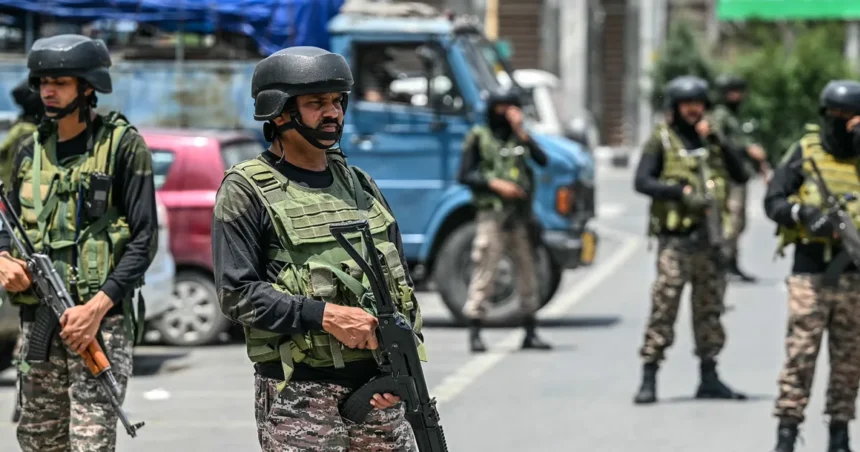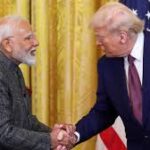Introduction
The India Pakistan ceasefire 2025 marked the sudden end of one of the most intense escalations in decades. After days of missile strikes, drone attacks, and air raids, the two nuclear-armed neighbors agreed to an uneasy truce. This blog explores the key military actions, diplomatic communications, and international pressures that led to the historic ceasefire.

Escalation of the India Pakistan Conflict
The conflict erupted early May 2025 with Pakistan launching missile strikes and drone attacks against Indian targets. India swiftly retaliated with its own military operations aimed at key terror infrastructure, triggering a dangerous spiral of airstrikes and missile launches.
Despite the rising violence, backchannel diplomacy was actively pursued. The United States, China, and Saudi Arabia engaged in intense talks to de-escalate tensions. The US, in particular, played a vital role through calls made by high-level officials to military commanders in both countries.
Diplomatic Breakthrough and Ceasefire Agreement
The turning point came on Saturday afternoon, May 11, 2025, when a message from Pakistan’s top military officer reached his Indian counterpart, opening communication lines for ceasefire talks. India’s Director General of Military Operations confirmed a ceasefire call took place around 3:35 p.m. local time.
While India emphasized the bilateral nature of the ceasefire talks, Pakistan acknowledged that international intermediaries—especially the US—were key facilitators. US President Donald Trump announced the ceasefire on his social media platform Truth Social, praising the leaders’ wisdom in ending the conflict.
Contrasting Perspectives and Continued Challenges
India has traditionally resisted outside mediation, preferring direct talks with Pakistan, while Pakistan has been more open to international involvement due to its strategic reliance on foreign aid. These differing stances contributed to contrasting narratives about how exactly the ceasefire was negotiated.
Although the truce has mostly held, both sides have accused each other of minor violations. Nonetheless, the ceasefire offers a temporary but vital pause, giving hope for future diplomatic engagement.
Conclusion

The India Pakistan ceasefire 2025 demonstrates the power of diplomacy amid military escalation. Despite deep-rooted tensions, effective communication and international pressure helped avert a wider conflict. Continued dialogue and confidence-building measures remain essential for lasting peace in South Asia.
For deeper context, explore our article on India-Pakistan Relations: A Historical Overview and learn about US Mediation in South Asia Peace Efforts.
External Resources
- CNN Report on India-Pakistan Ceasefire 2025
- U.S. State Department: South Asia Conflict Updates
- BBC News: India-Pakistan Relations










